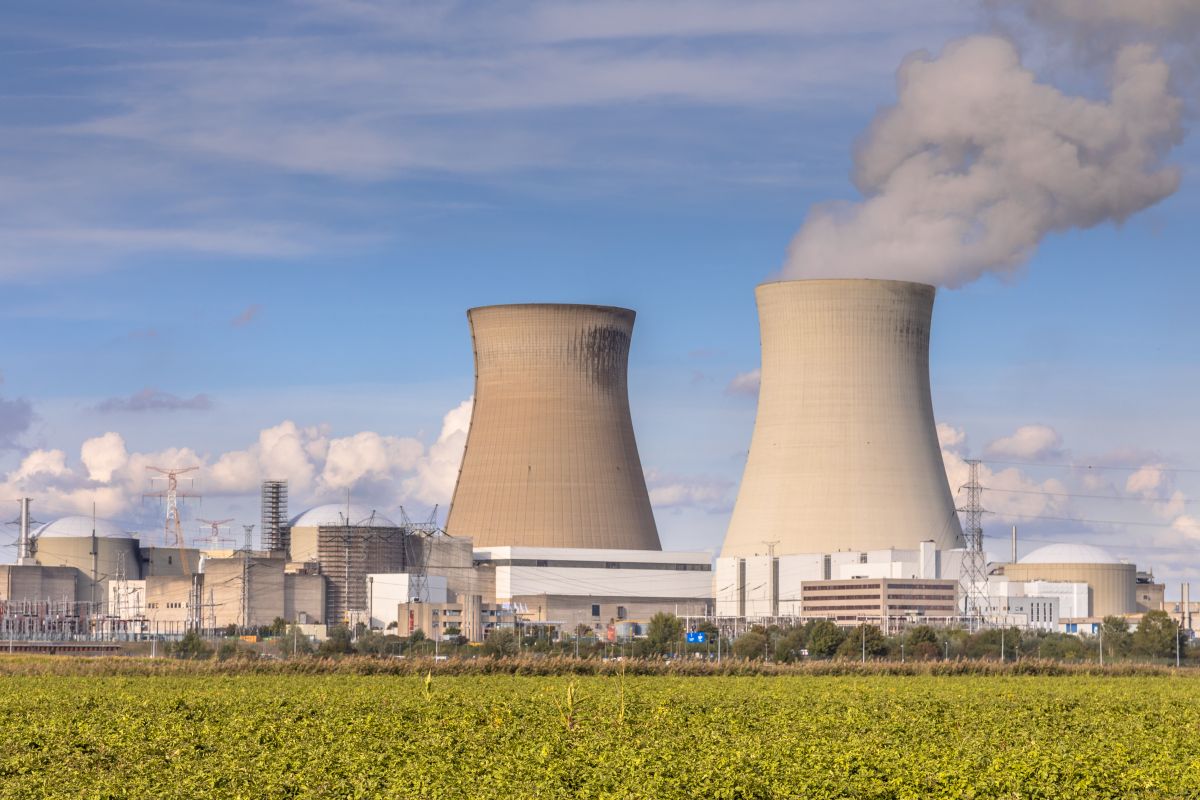Scientists have discovered a new method of modeling the conditions of a wind farm to generate more power through existing installations, without adding more equipment. Currently wind turbines produce more than 5 percent of the electricity of the world, and are seen as free-standing, isolated units that maximize only their own production.
MIT’s flow model
A research study led by MIT’s Michael F. Howland, Assistant Professor of Civil and Environmental Engineering, developed a new flow model, which does not require new equipment. The energy output can be increased by modeling the wind flow of the entire farm. The research has been published in the journal Nature Energy.
The flow model developed by Howland and his team predicts the power production of each turbine in the farm depending on the control strategy for every turbine and the incident winds in the atmosphere. According to Howland, looking at this from a flow-physics perspective, positioning wind turbines close to each other on a wind farm is the “worst thing you could do.” It is better to put them as far apart as possible to maximize total energy production, but that means incurring increased costs.
Flow-physics helps the model learn from operational wind farm data and is able to reduce predictive uncertainty and error. This research study has used the physics-based, data-assisted flow model, without changing the locations of tribunes and the existing hardware systems of the wind farms, to find the resulting power production of each turbine, under different wind conditions. This has made it possible for them to maximize the power output from the entire wind farm instead of individual turbines as isolated units.
The Howland Lab and the international team are working to refine and improve the models as well as the operational instructions they get from the model. In order to get the best possible power output, they are making a persistent effort to move toward autonomous and cooperative control.

What does this new model mean for overall wind energy output?
The overall energy output from an installation is around 1.2 percent, and 3 percent for optimal wind speeds, which seems modest, however, the algorithm can be deployed at any wind farm. The great news is that the number of wind farms taking advantage of this model is rapidly growing, bringing the world closer to our climate goals. Researchers say that if this 1.2 percent increase in energy is applied to existing wind farms around the globe, it would be like increasing the number of wind turbines by 3,600 new ones, which could power around 3 million homes, and power producers could gain a billion dollars a year, at almost no cost.
Disclaimer: Any opinions expressed in the blog do not necessarily reflect the opinions of Certrec. The content of this blog is meant for informational purposes only.












